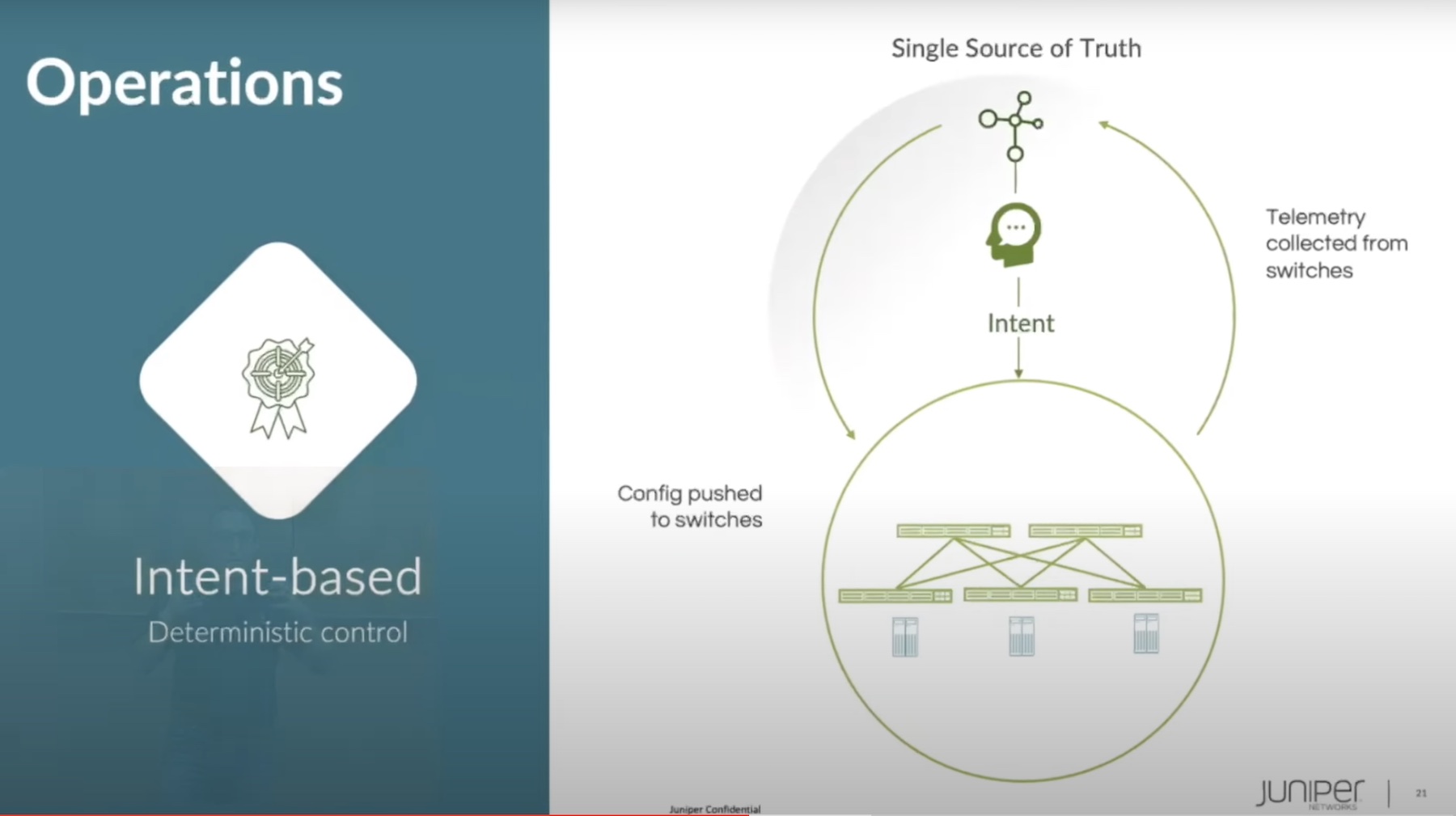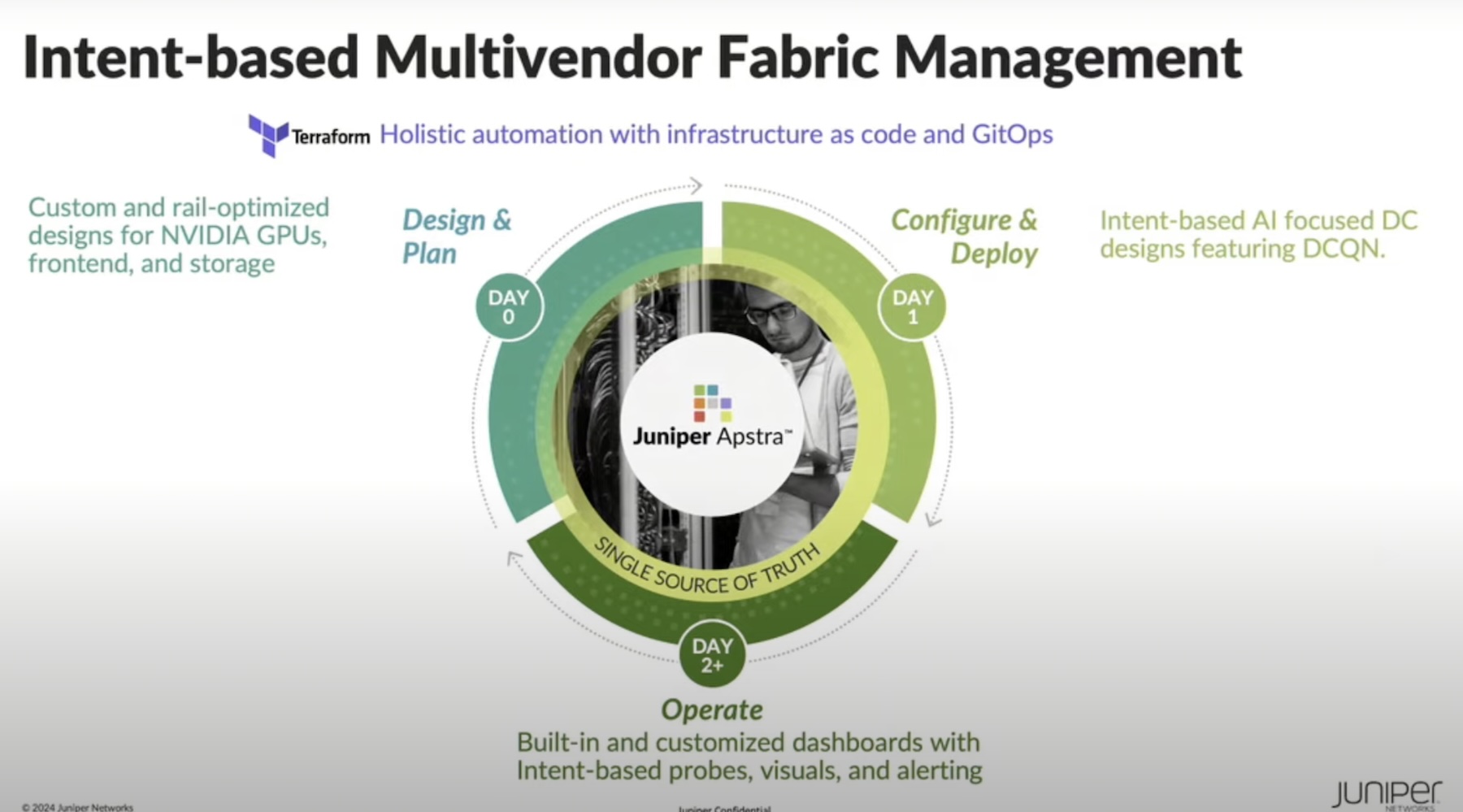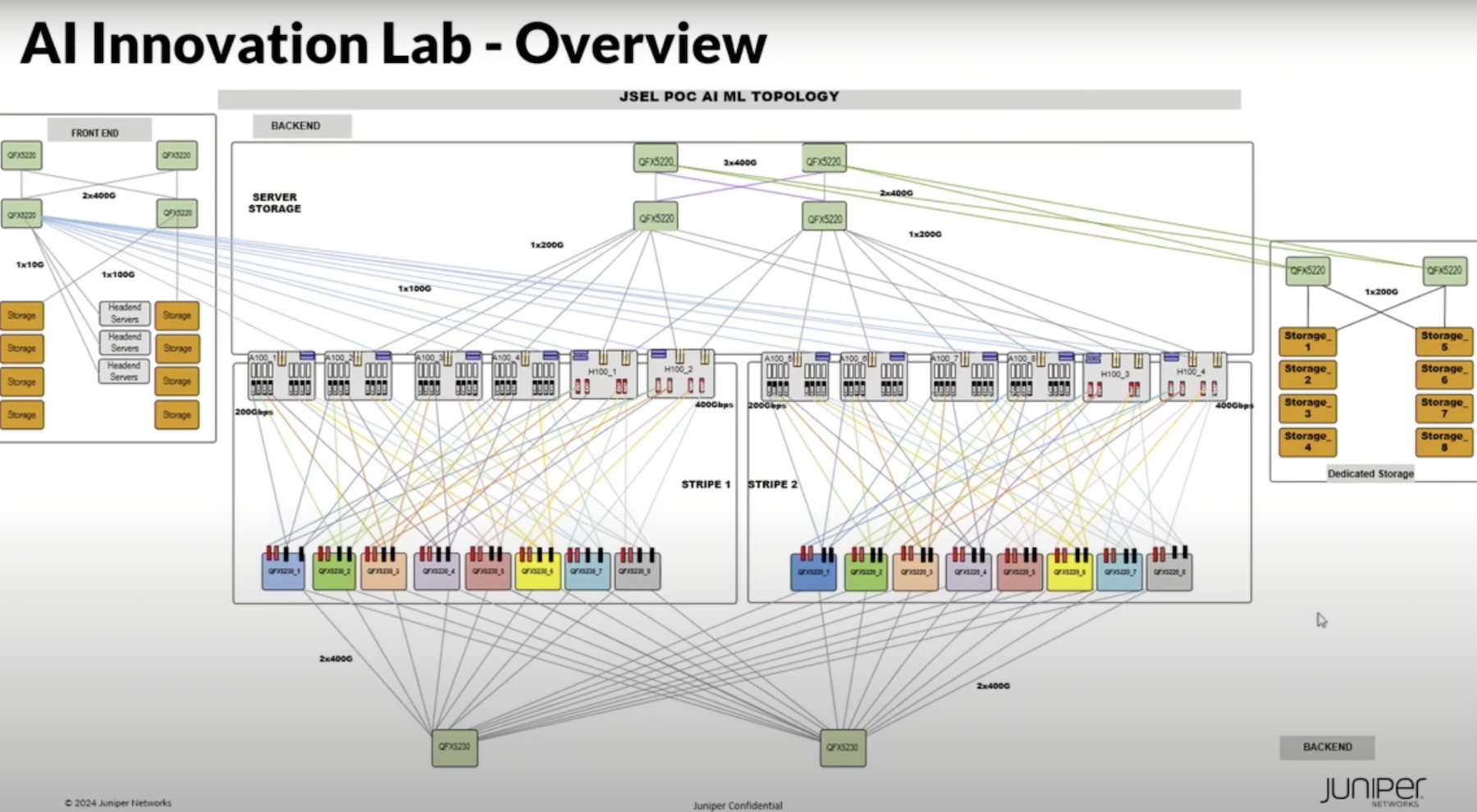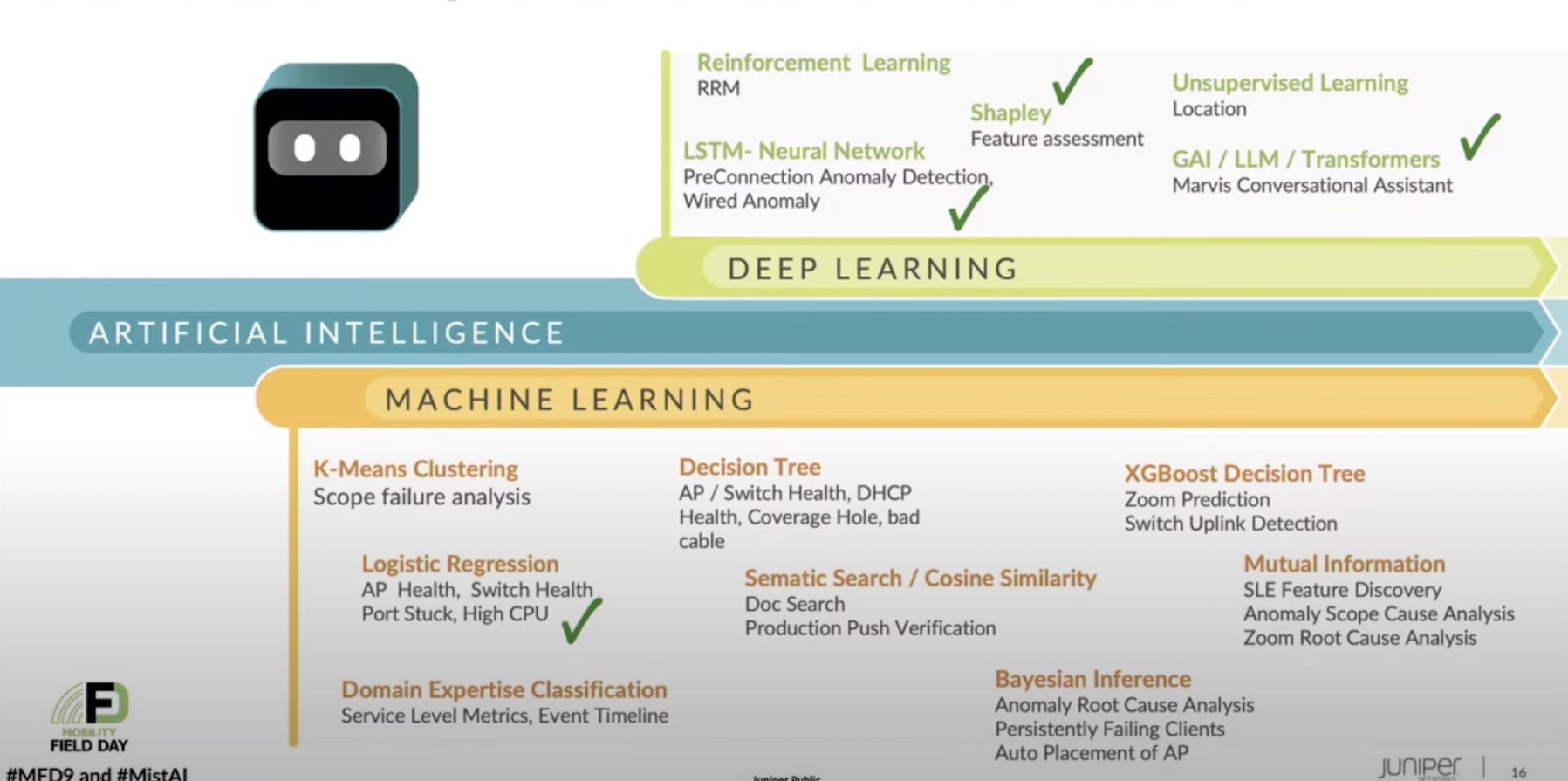SD-WAN has changed the way we look at connecting branch offices together. The advances made at the software level to help identify application traffic and give networking teams the control they need to prioritize things and optimize their communications have considerably helped our design and implementation. We no longer look at the branch WAN as a troubling prospect.
SD-WAN isn’t perfect, though. The initial deployments of the technology needed specific hardware to work correctly. That usually meant replacing the edge device with something new that had an Intel processor and Ethernet connections. This was great for the remote branch that only needed one or two connectivity types. It wasn’t as great for larger deployments with existing hardware that was too expensive or specialized to replace. It also wasn’t a win in the situations where something other than Ethernet was needed. SD-WAN is good but not for every situation.
Casting a Wide Net
During Networking Field Day 23, Juniper Networks got up on the virtual stage to discuss its latest advances in traditional networking technologies. If you haven’t been following the news from Juniper, you might be in for a shock. The acquisition of Mist last year has produced a new focus – Artificial Intelligence (AI). Juniper is integrating Mist AI into everything it does. While this was great at first for wireless and campus tech, the real benefit will come from porting AI to more traditional networking.
WAN networking has traditionally been hard to troubleshoot. That’s because the performance of the connection itself has been variable. When you’re working on a traditional network, the cabling and transport part of things has been a given. Ethernet works, and it works at the speed stated. WAN circuits can be variable based on factors such as load or upstream congestion. Buying a T1 or T3 connection means you have an upper limit on your bandwidth, but it doesn’t guarantee you’re always going to get the stated bandwidth.

Ironically, this very nature is why Mist’s Marvis AI system is perfectly suited for helping troubleshoot issues. Marvis was born in the wireless world, where the physical connectivity at Layer 1 isn’t always assured. Environmental issues can impact your connectivity. Just because you have a gigabit wireless AP doesn’t mean you’re always going to get that performance. Wireless and WAN circuits are alike enough for Marvis to give us the help we need with them both.
Making Things Happen with Marvis
Marvis is the application of AI that we need to deal with the overwhelming amount of information we regularly get in networking. This information has always been hiding under the surface. We just haven’t been able to take advantage of it in the past because we had no way to consolidate it into something useful. Marvis takes the data as input and runs it through algorithms and analysis to answer the other end. Not just answers, but actionable answers to important questions.
Marvis can tell you that your WAN links are running below spec, but it can also tell you where the likely problem is and how to fix it. More than just telling you something isn’t right, Marvis knows how to solve the issue. It can provide solutions or give you alternative suggestions about how to get rid of the performance problem. It’s like having the internet resources at your fingertips and having someone to explain them in terms you can understand.
Take a look at this video that was recorded by Abi Shamsunder:
This video and demo show off how Marvis can help you. If your users are complaining about performance, Marvis has already seen what’s going on and has started offering suggestions for fixing TCP issues or routing packets to a different link. Marvis can suggest creating new service classes for applications and isolating them so your users stay happy and productive.
Bringing It All Together
Marvis is going to change the way we look at WAN networking. Having application intelligence is one thing. Having someone to help interpret that intelligence is the next level of analytics. SD-WAN has always needed new hardware to bring this software help to us. With the advent of Juniper’s Marvis integration into their products, we can give this insight into our more traditional WAN devices used by service providers or large enterprises. When we have access to the operations power of AI in the problematic places we’ve needed it for years, we’re going to see changes in the way our operations people can keep users working and keep networks up and running.




